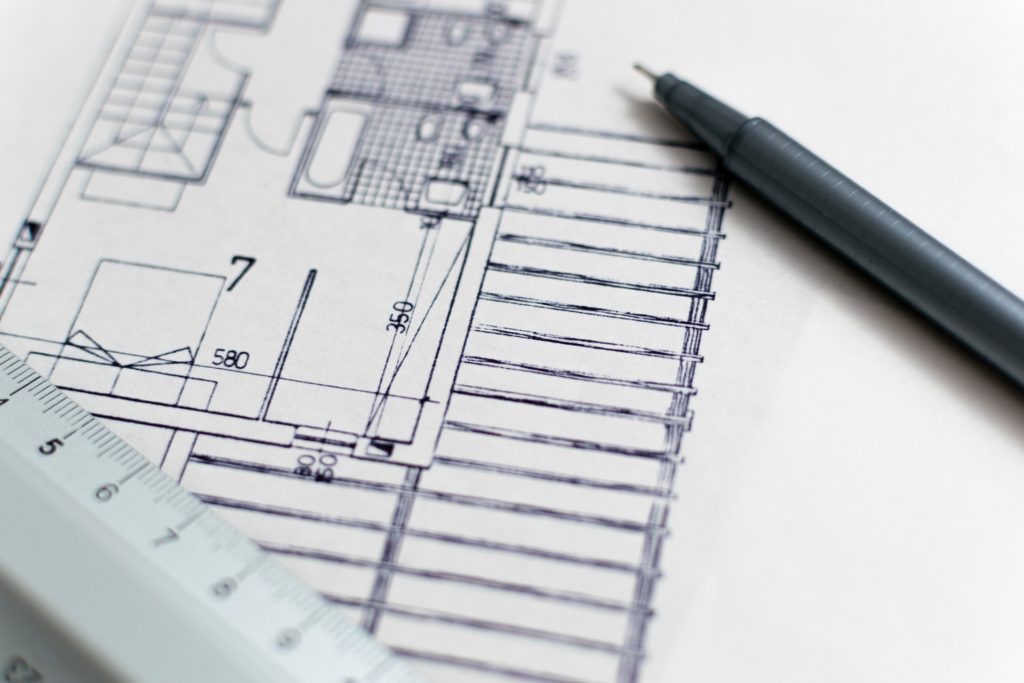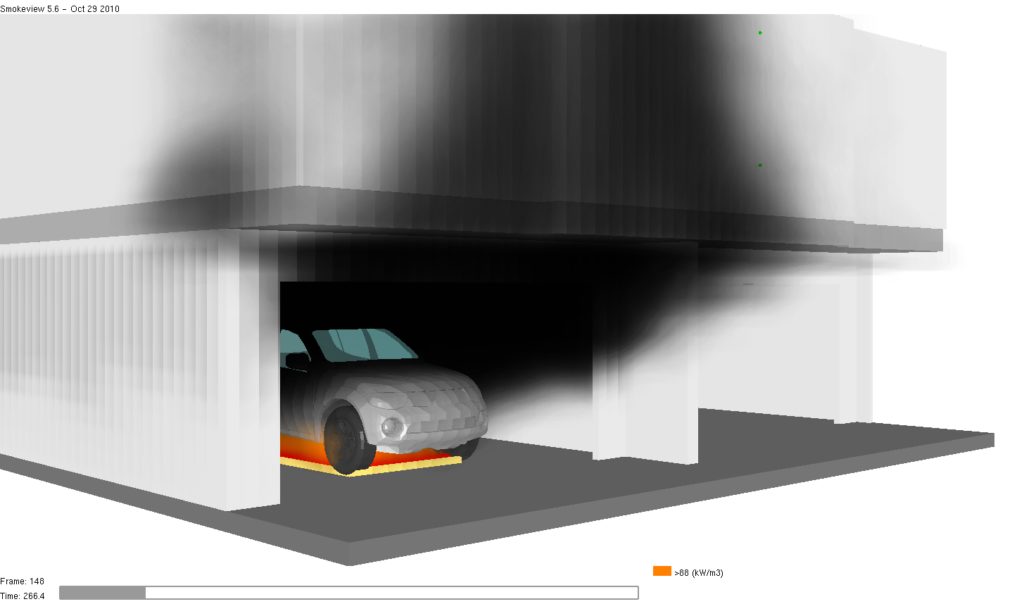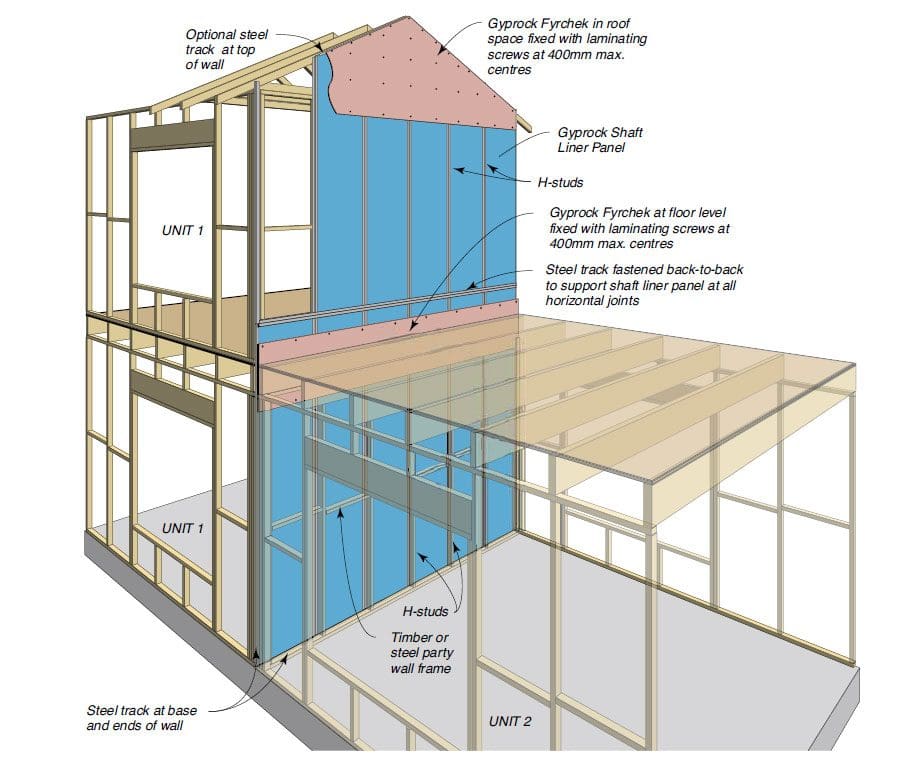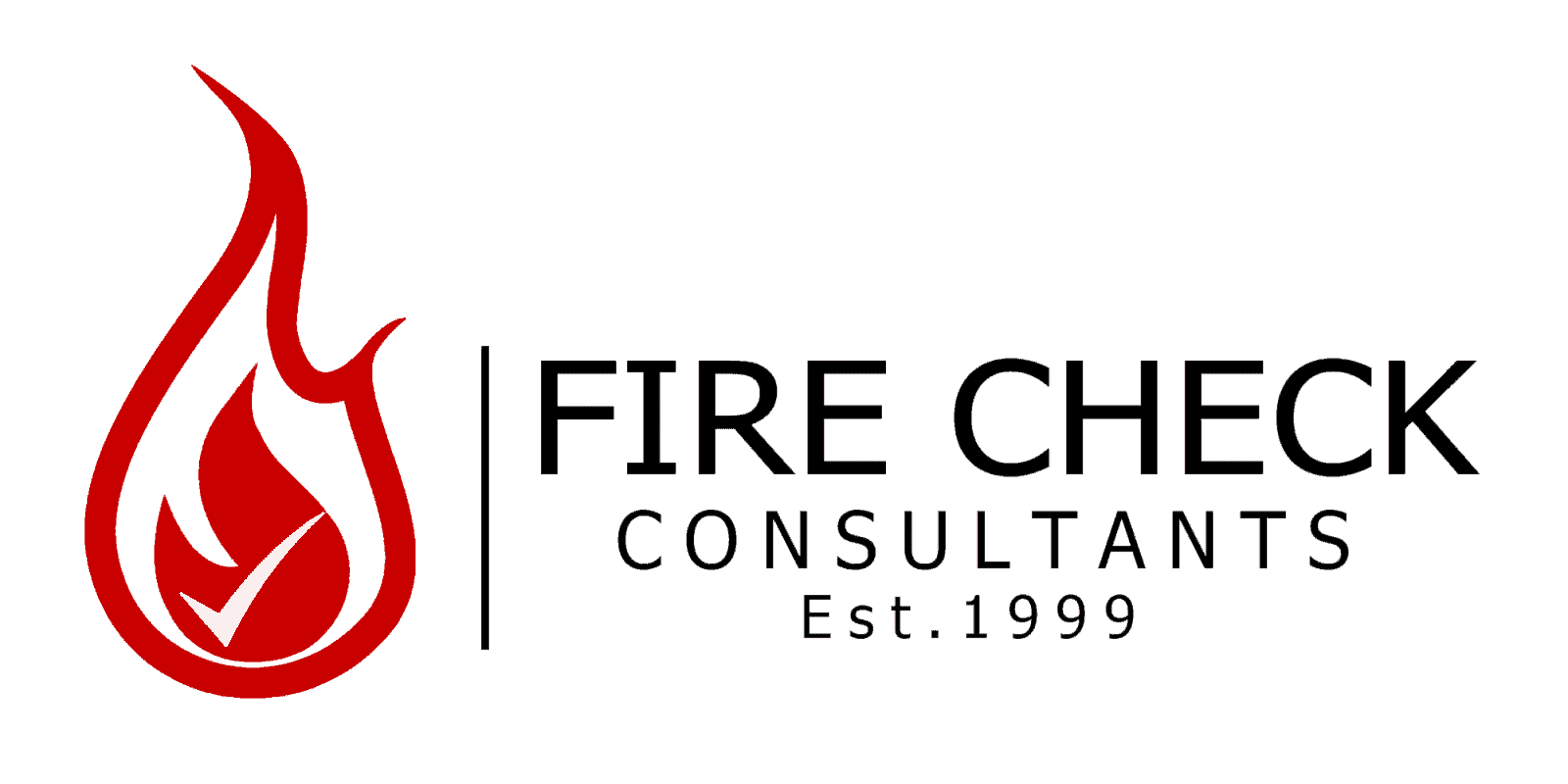Performance Based Fire Safety Engineering and Strategy
Fire Engineering is still a relatively young discipline and one in which Fire Check Consultants have been instrumental, driving the industry through knowledge and innovation, making the world a better, safer place.
FCC specialises in the development of Performance Solutions. The National Construction Code (NCC), a performance-based code, allows Performance Solutions to encourage innovation, artistic creativity and cost savings by satisfying compliance with the Performance Requirements. Performance Solutions enable designers to develop innovative solutions that provide the project’s best outcome.

Fire Safety Concept Design Strategy
Fire Safety Concept Design begins the Fire Engineering Process, clearly outlining and identifying non-compliances.
Fire Check Consultants organise meetings with developers and project managers to discuss the concept. This ensures a transparent and facilitative process where stakeholders have an opportunity to raise and discuss their concerns.
We use the latest software for conducting analysis, and based on our analysis, results are evaluated and conclusions are drawn. Our Fire Engineering Reports (FER) are prepared for review and approval by relevant stakeholders.
Performance-Based Solutions
Fire Check Consultants specialise in the development of Performance-Based Fire Safety Engineering Solutions.
The National Construction Code (NCC) defines Performance Solutions as building solutions that comply with the Performance Requirements other than only satisfying the Deemed to Satisfy (DtS) provisions. The NCC, a performance-based code, allows Performance Solutions to encourage innovation, artistic creativity and cost savings by satisfying the Performance Requirements.
We can undertake Performance Solutions to develop an innovative solution that provides the best outcome for the project.


Structural Fire Engineering
Fire Check Consultants have the expertise to undertake finite element modelling of structures at elevated temperatures.
Our engineers can assess the worst credible fire scenarios using structural modelling to develop time-temperature curves to be utilised in finite element models to evaluate the performance of structures under thermal stress. The models can assess movement and load distribution through the structure to determine if additional fire safety and fire protection systems are required. The model results are used to demonstrate the reduced fire resistance level of the structural components with the performance compliances.
Fire, Smoke and Evacuation Modelling
Fire Check Consultants have the vast experience and tools necessary to carry out detailed Computational Fluid Dynamics (CFD) simulations to determine the effects of fire and calculate the products of combustion within the built environment. The output of the work can be used to assess tenable human conditions, determine smoke control system requirements, model fire and hot smoke spread and received radiant heat, model fire detector and sprinkler activation times, and determine the effects of fire protection systems.
Our consultants can complete 3D real-time analysis of occupant evacuation during a fire condition. The results of the evacuation modelling can then be interlinked with the results of the CFD modelling to determine the tenability conditions in escape routes. Such analysis is beneficial in deciding fire safety requirements and demonstrating fire safety compliance with regulatory authorities.


Evidence of Suitability Report
Fire Check Consultants can produce an Evidence of Suitability report for products that may not strictly comply with the DtS provisions of the NCC, however, are able to be addressed based on engineering judgement and similar tested products.
We use engineering judgement to show equivalence with the proposed configuration against the required performance requirements of the relevant building code. Some previous examples of Evidence of Suitability are using different passive fire rating systems to achieve Fire Resistance Level (FRL), non-compliant fire-stopping products, and combustible building materials.
If you are proposing to use a product or material in a way that may not comply entirely with the tested system, please get in touch with us and we can help out with an Evidence of Suitability report.
Call us for fire engineering strategic advice!
If you’d like to find out more about our fire engineering services or need some advice, contact us today.

